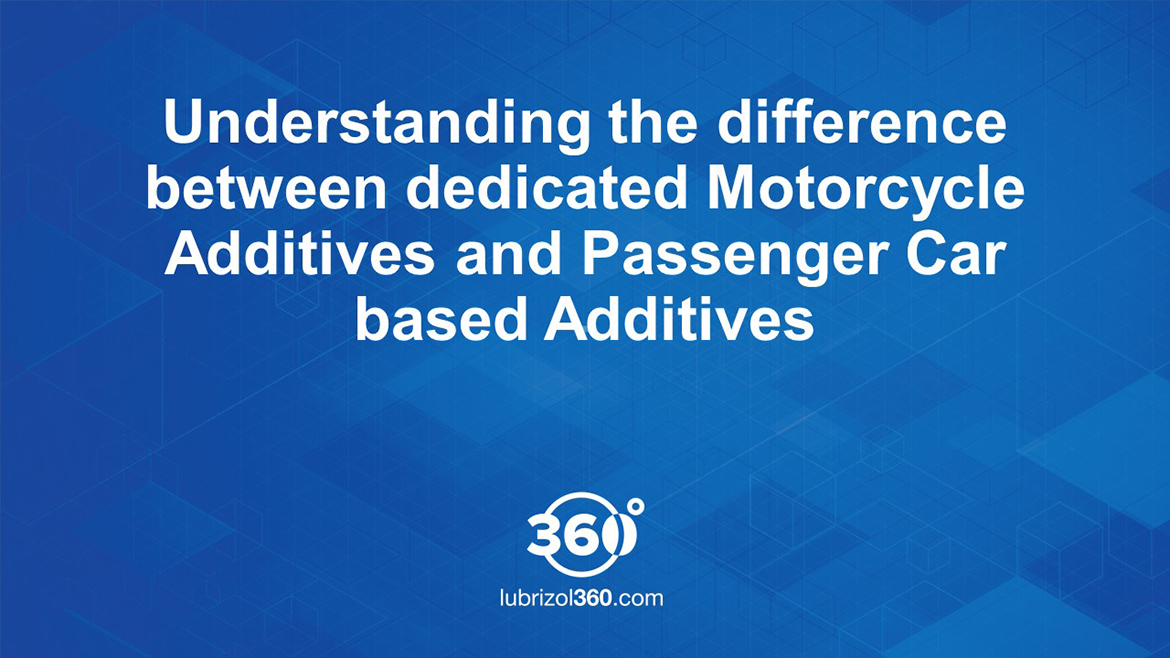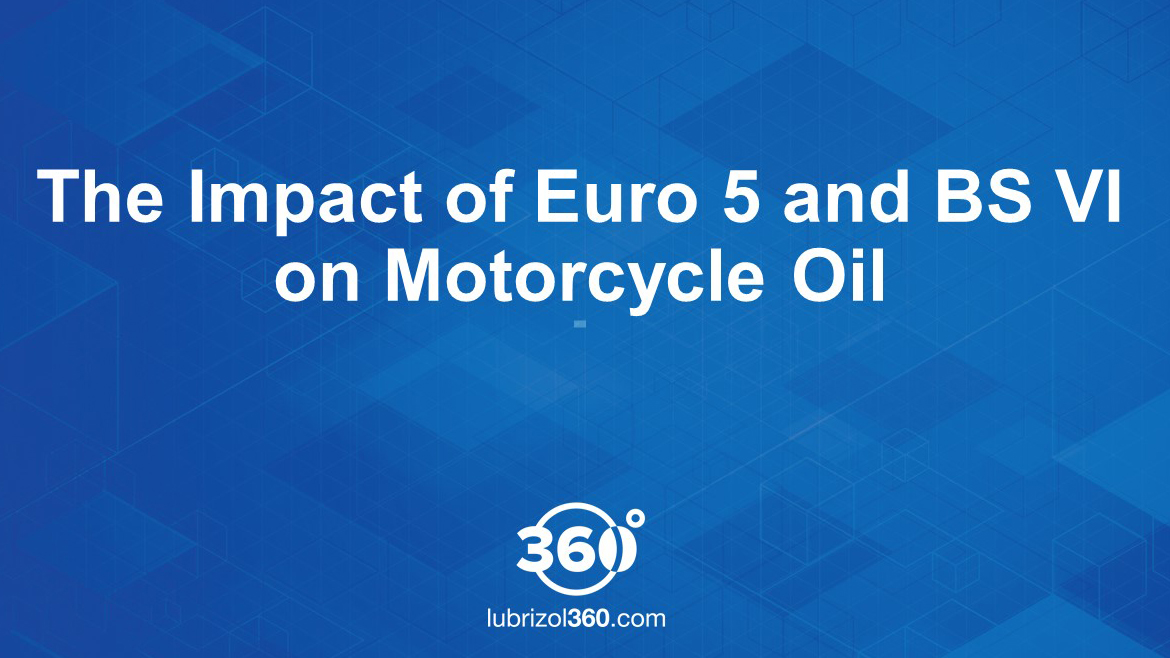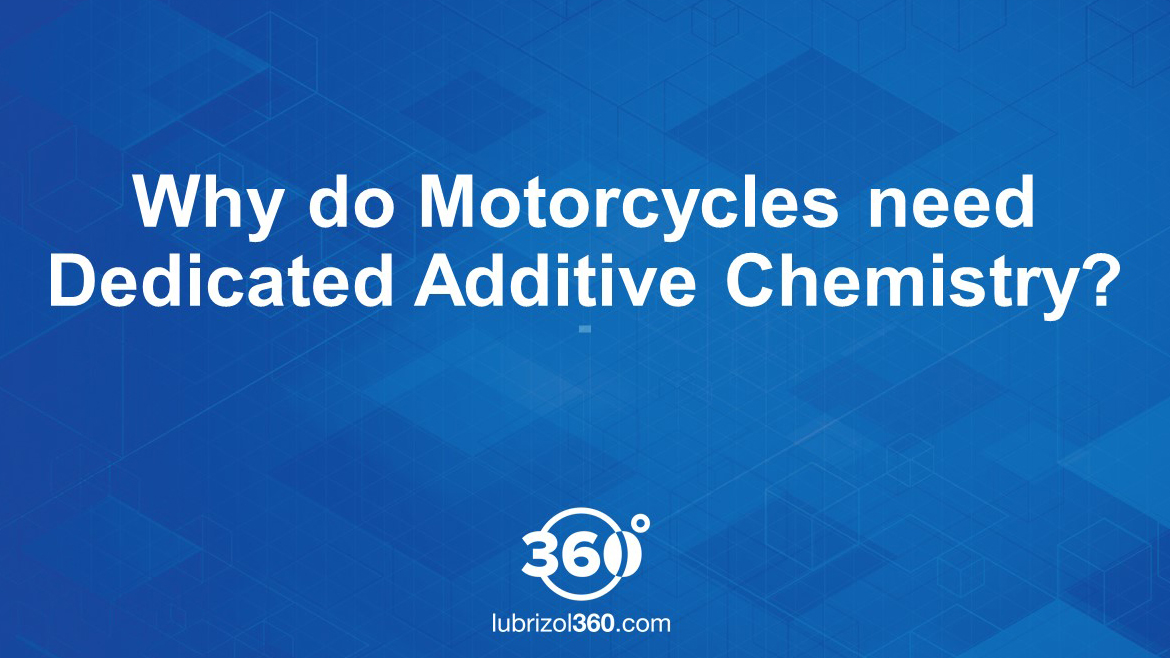The global motorcycle market is seeing a noticeable drive toward greater performance and increased efficiency. In this article, we discuss what this means to oil marketers and what factors they need to consider while formulating motorcycle oils for delivering higher efficiency.
The world continues to push for greater efficiencies, with motorcycles being no exception. To deliver increased efficiency driven by the need to reduce CO2 emissions, original equipment manufacturers (OEMs) are increasingly moving toward lighter viscosity grade oils, such as SAE 5W-30, for both factory-fill and service-fill specifications.
At the same time, motorcycle markets across developing economies are seeing owners with higher levels of disposable income and a desire to maximize the performance of their motorcycles, whether being used for commuting, recreational or sports purposes. Such performance is being delivered through higher power density hardware which delivers more acceleration for the consumer, all enabled by higher performance higher efficiency motorcycle oils.
As a result, the demand for lighter viscosity grade motorcycle oils is gaining momentum across markets including the traditional commuter markets where heavier viscosity grades still dominate.
While more fuel-efficient engine oils have been long accepted for passenger vehicles, moving to lighter viscosity grade motorcycle oils presents new lubricant performance challenges, given the need to simultaneously satisfy the anti-wear requirements particularly the integral gearbox where adequate film-strength remains a critical performance parameter. It is for this reason higher viscosity grade motorcycle oils including SAE 10W-40, 20W-40 and 20W-50 have remained popular, as they incorporate higher film-strength base oil blends that provide the required level of hardware protection to their engine, clutch and gears.
The move toward increased efficiency and lighter viscosity grades means the focus on film-strength becomes more critical. In addition to film strength specifying a minimum level of conventional anti-wear chemistry through a phosphorus content specification has been seen as a way to ensure adequate protection of motorcycle transmission, such that JASO specifies a 0.08% P minimum in its JASO T903:2016 specification.
However, Emission changes worldwide, including Bharat Stage VI (BS VI) in India, Euro 5 across Europe and other countries such as Japan and Brazil (PROMOT 5), have resulted in the adoption of the three-way catalyst exhaust after-treatment systems, which are highly sensitive to phosphorus deactivation. JASO is anticipated to factor in this important market trend in the next upgrade by reducing the current 0.12% P upper limit to align the industry specification (i.e. Phosphorus limits) with the needs of the market.
With oil marketers looking to align their motorcycle oil portfolio with the market demand, they will need to look at appropriate alternative Phosphorous-free anti-wear chemistry to balance catalyst durability with hardware protection.
Our View
The trend toward efficiency and performance is driving demand for lighter viscosity grade motorcycle oils, notably SAE 5W-30 resulting in the need for enhanced anti-wear protection. As the same oil will need to provide dependable wear protection for the hardware with lower film-strength formulations; while still delivering specific oil friction profiles for smoother clutch operation and enhanced crankcase performance under higher severity operating conditions: a new generation of efficiency enabling oils will be required.
The industry so far has relied on phosphorus as a key anti-wear component, however, with the implementation of stricter emission norms across key motorcycle markets necessitating a focus on three-way catalyst durability, it is anticipated that JASO will re-look into the limits of phosphorus in the upcoming upgrade.
Oil marketers need to therefore ensure that the additive chemistry they use to formulate their motorcycle oils today, has optimized levels of phosphorus and non-phosphorus-based anti-wear componentry, supported with solid testing and proof of performance for demonstrating performance meeting the needs of the latest generation hardware.
For more information on motorcycle engine oils contact your Lubrizol representative.
.jpg?h=329&w=1170&la=en&hash=49C25F52F2E62C8E74936257C711535A)
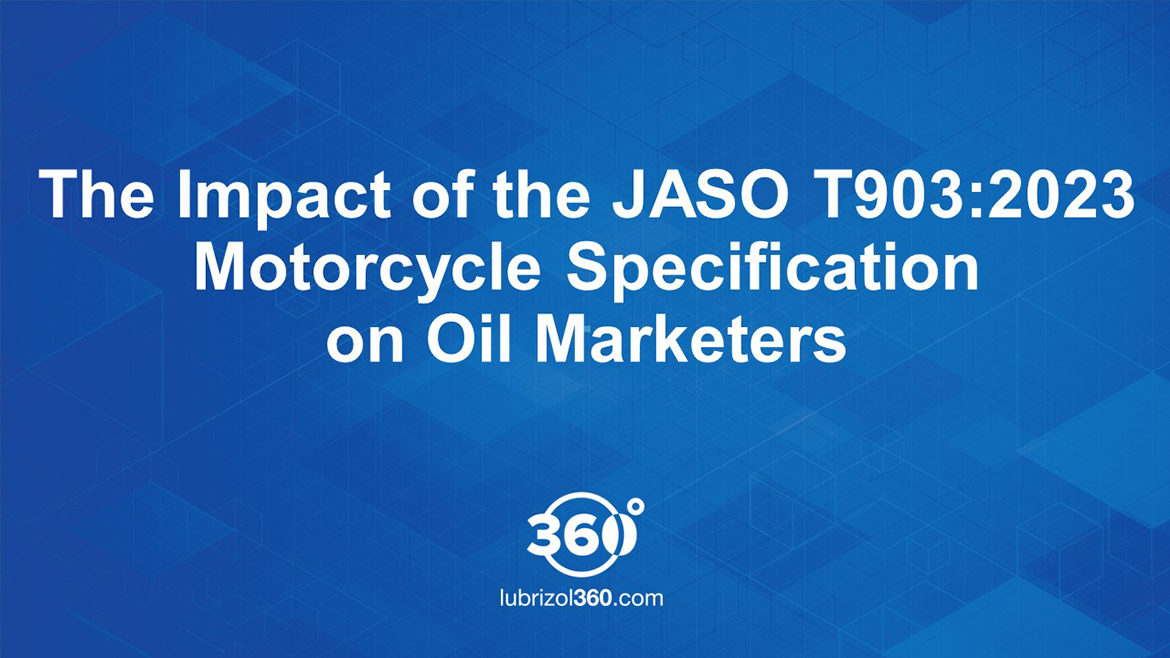
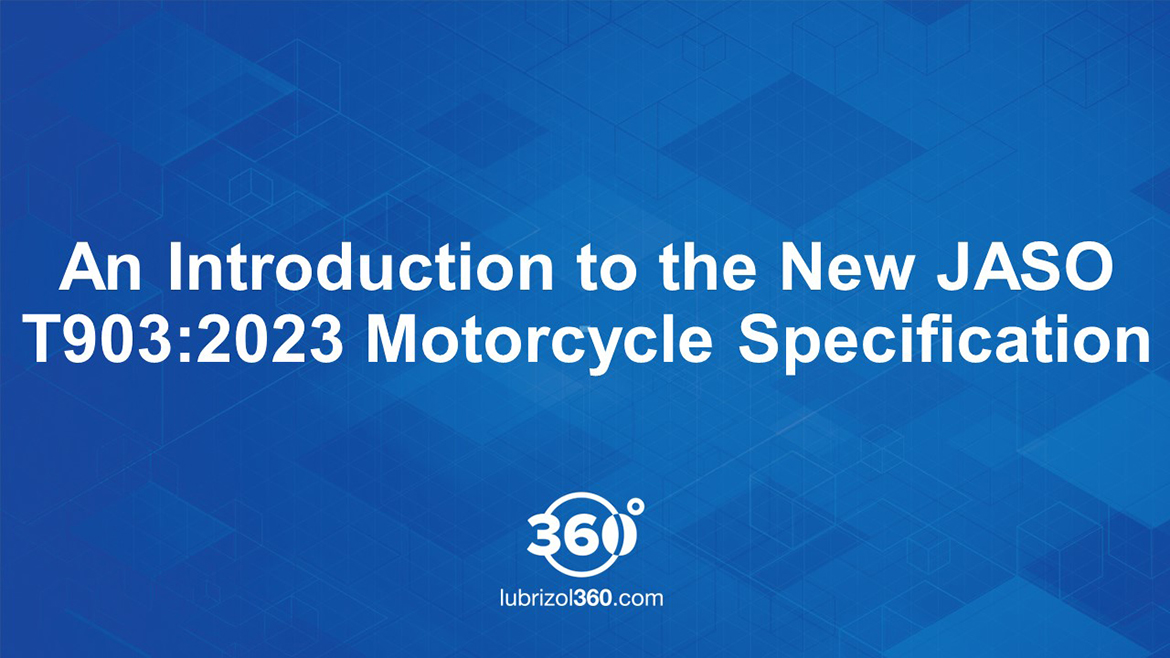
.jpg?h=658&w=1170&la=en&hash=1AEFFE4F0D96D91AD1D573C5986A3D30)

.jpg?h=658&w=1170&la=en&hash=2DEEF13172DE3CF243E21672AE444A02)

